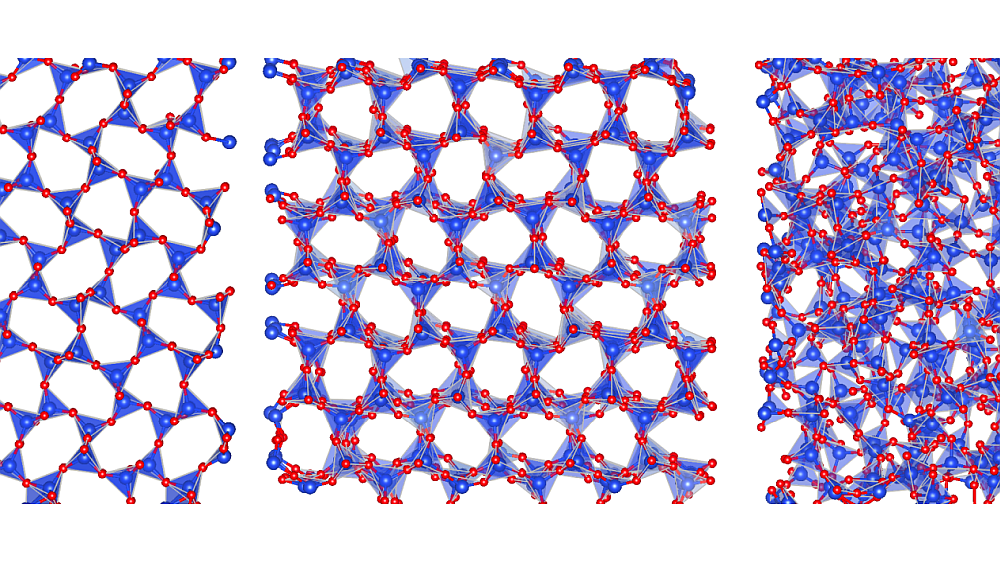(Editor’s note: Eileen and I are traveling and preparing for the International Ceramics Congress that begins this weekend, so we had to put our normal writing on hold for a little bit. In place of our usual posts, we are bringing you a variety of good stories and videos issued prepared by various institutions. Look for our regular blog posts to return this weekend, including live blogging from ICC4.)
Technische Universitaet Muenchen – Computer simulations have become an indispensable part of the modern design process. Standard finite element technology, however, requires designers to carry out a time-consuming and often error-prone mesh generation step that transfers the computer-aided design model into the simulation model.
Dominik Schillinger has created a novel simulation concept that enables direct integration of the CAD geometry into the finite element analysis, completely circumventing any mesh generation. The applicability of this technology in engineering practice was successfully tested with CAD models, for example, of a ship propeller and an automobile wheel.
The omission of mesh generation could reduce the overall analysis time with respect to standard finite elements by more than 80 percent. The new simulation technology is expected to strongly influence the current design process in mechanical, automotive, aerospace and civil engineering over the next decade.
Dominik Schillinger was honored this week at the World Congress on Computational Mechanics in São Paulo for his paper “An Isogeometric Design-through-analysis Methodology based on Adaptive Hierarchical Refinement of NURBS, Immersed Boundary Methods, and T-spline CAD Surfaces” in the journal Computer Methods in Applied Mechanics and Engineering.
He was a scholar of the Munich Centre of Advanced Computing until May. MAC bundles together research activities related to computational science and engineering at TUM and other institutions in Munich. Doctoral candidates at MAC are members of TUM’s International Graduate School of Science and Engineering.
Schillinger worked on his method during his research stay at the Institute for Computational Engineering and Sciences in Austin, Texas, financed by “MAC@IGSSE,” in collaboration with the TUM Institute for Computation in Engineering.
CTT Categories
- Modeling & Simulation


